No-dig expert Charles Dowding warns gardeners should avoid these 5 mistakes when taking on this eco-friendly method
From preparing your no-dig bed to maintaining it, here are the common errors you should be aware of
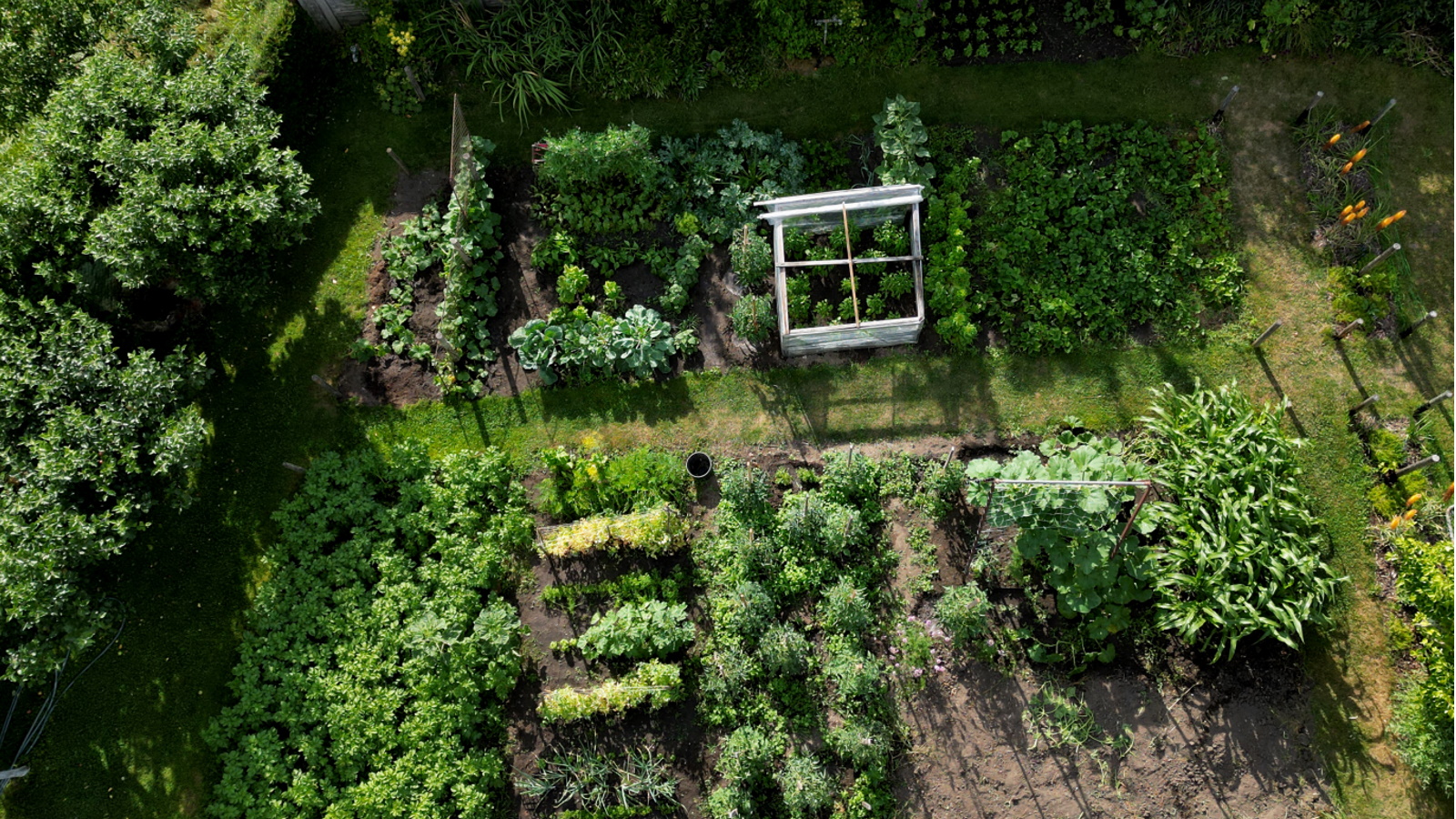

With 2025 just around the corner, there's no doubt more of us are reflecting on what we achieved in the garden this year and perhaps how we can be more sustainable next year. You might even be thinking about creating some vegetable beds using the no-dig method.
If you aren't familiar with no-dig gardening, it refers to creating garden beds without disturbing the earth by digging into it. Rather, you cover the ground with organic matter on top of cardboard. Plants are then grown directly in this organic matter as the cardboard beneath decomposes.
This is an eco-friendly gardening idea that benefits soil health by leaving its structure undisturbed and feeding it with nutrient-rich organic matter. I spoke to the modern day no-dig pioneer and expert Charles Dowding to understand more about common no-dig gardening mistakes to avoid. Here's what he had to say.
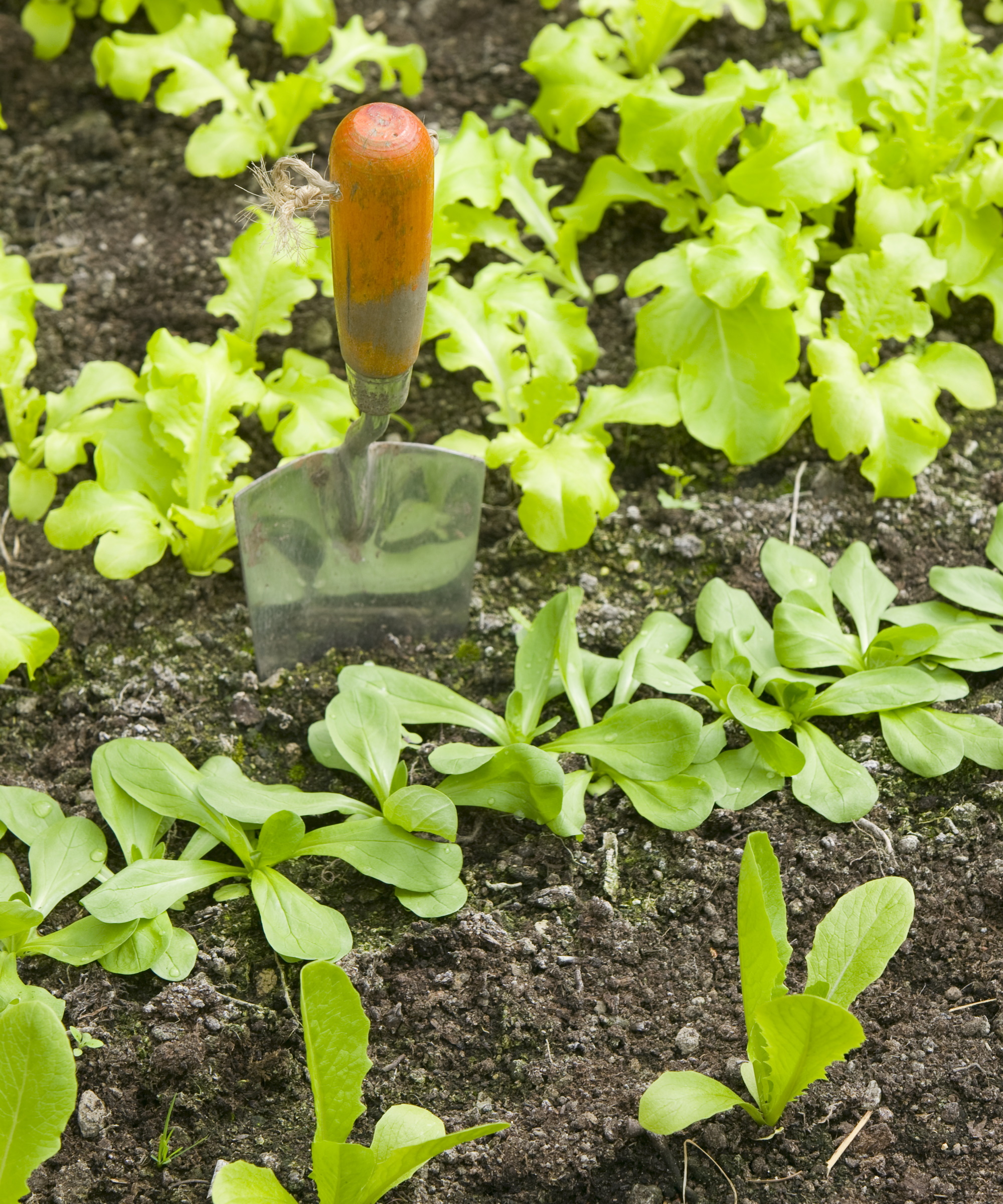
5 no-dig gardening mistakes
Before getting started with no-dig, it's wise to get to grips with how to make compost as you'll need plenty of this organic matter to work with. With that in mind, here are common no-dig gardening mistakes to avoid:
1. Not dealing with weeds

To get started with no-dig, you need to prepare the land where your no-dig gardening bed will sit. This includes getting rid of weeds that might cause problems.
'The initial mulch that goes on will kill most weeds and if you don’t have many perennial weeds, you won’t have to do much subsequent weeding,' Charles explains.
Perennial weeds are those that grow back each year, often vigorously. They include bindweed, dandelions and ground elder. The first mulching you do in no-dig will smother the majority of their roots, but Charles warns you can expect some to make a reappearance.
Design expertise in your inbox – from inspiring decorating ideas and beautiful celebrity homes to practical gardening advice and shopping round-ups.
'Perennial weeds will grow through the cardboard,' Charles says. 'The cardboard tends to last for nine weeks before becoming soft enough for weeds to grow through,' he adds.
You will have to make sure to keep weeds out of flower beds and vegetable beds where you're practicing no-dig for this reason.
'Make sure to also remove woody stems before laying down your cardboard,' Charles adds. 'They are likely to grow through the cardboard, so dig them out in the beginning by only removing the bit around the stem and the main root,' he says.

Charles Dowding is the leading proponent of no dig gardening. Not only does he have a huge following, but his advice is born out of more than 40 years of growing, analysing, comparing and recommending. He has been growing veg since 1981, having gardened in four different locations and grown hundreds of thousands of crops.
2. Giving your no-dig bed wooden sides
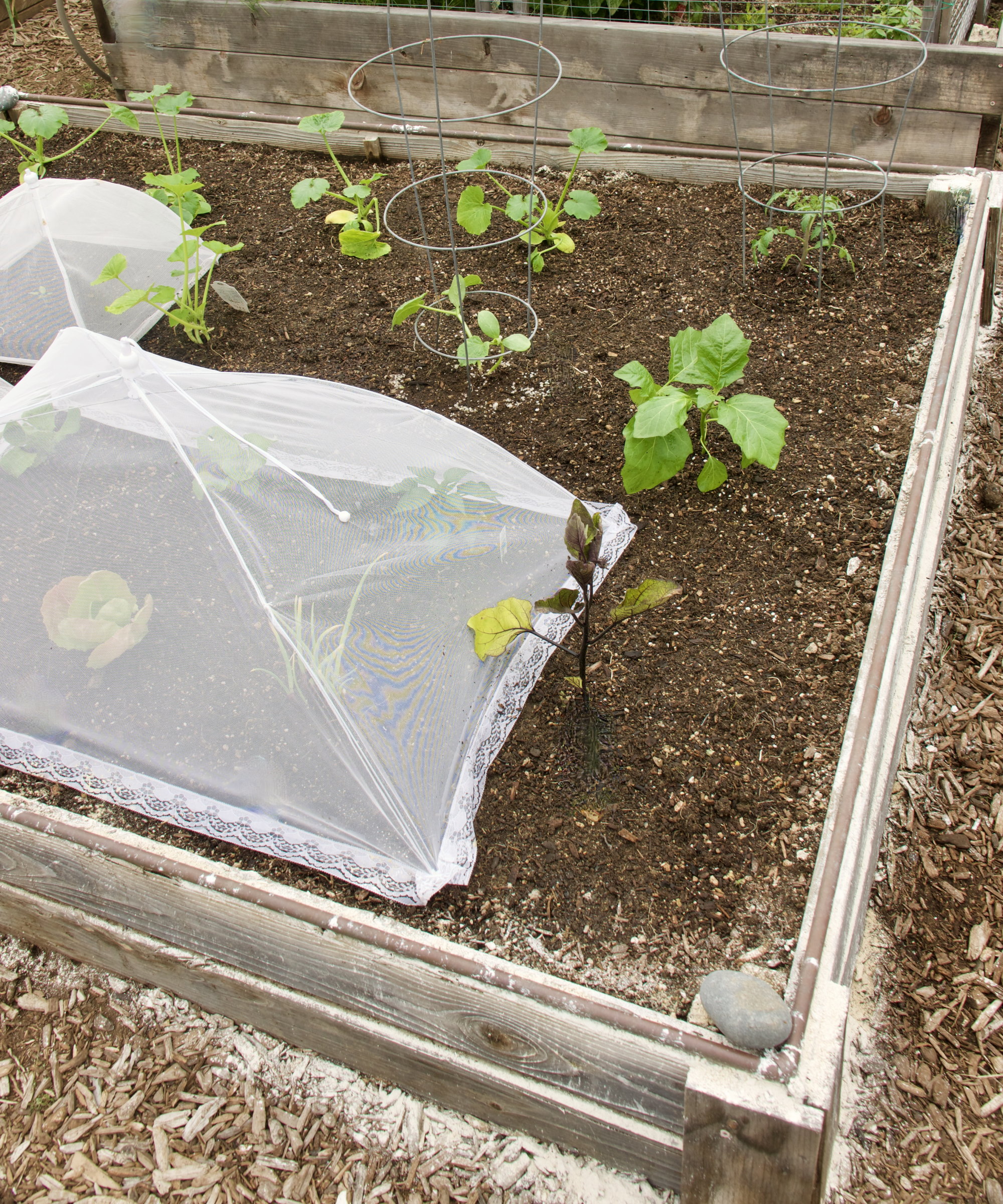
Although you might assume your no-dig bed needs a wooden frame like you often see in vegetable gardens, Charles advises the opposite.
'This makes the mulching more difficult because you can't necessarily get the cardboard under those wooden sides,' Charles explains.
Laying down cardboard (from Amazon) is an important step in no-dig, helping to smother weeds. Not being able to cover the entire space of your bed, because the wooden frames are in the way, will see perennial weeds make their way in.
Instead, choose an open piece of land in your yard to set up your no-dig gardening space.
3. Overwatering your no-dig bed
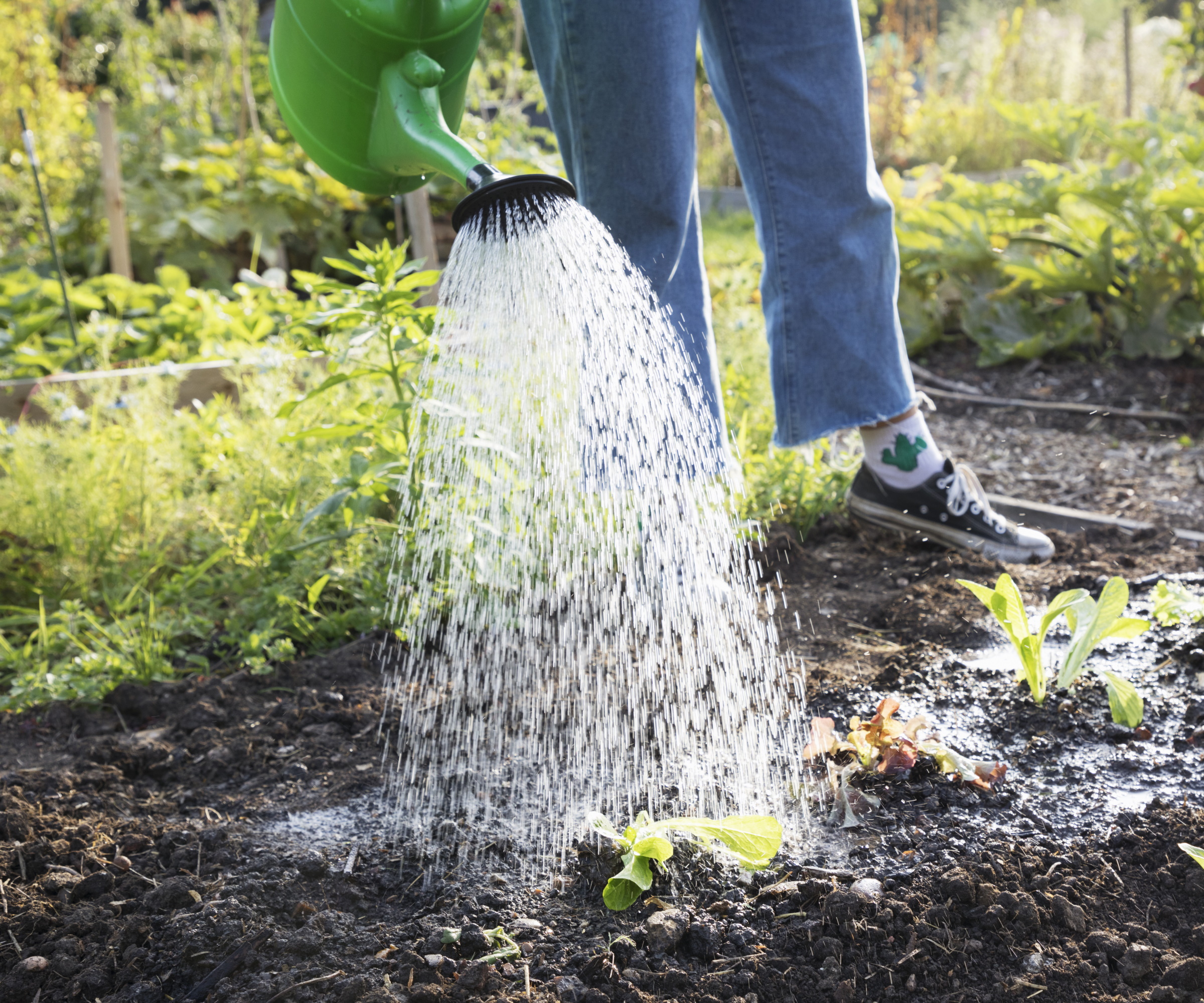
Of course, once you have plants growing in your no-dig gardening beds you will need to water your plants. However, be aware that no-dig gardening beds are prone to being overwatered.
'It’s better to hold back on watering with no-dig,' Charles advises. 'The surface will look dry and powdery, creating a capillary effect where the water beneath can't evaporate,' he adds.
Charles explains that watering less frequently allows your no-dig plants' roots to explore deeper in the ground.
Of course, make sure to also keep on top of specific care required for the plants you're growing - this soil moisture meter from Amazon can help you identify how much your no-dig bed has dried out and when it's time to give plants a top up of water.
4. Waiting for the cardboard to decompose
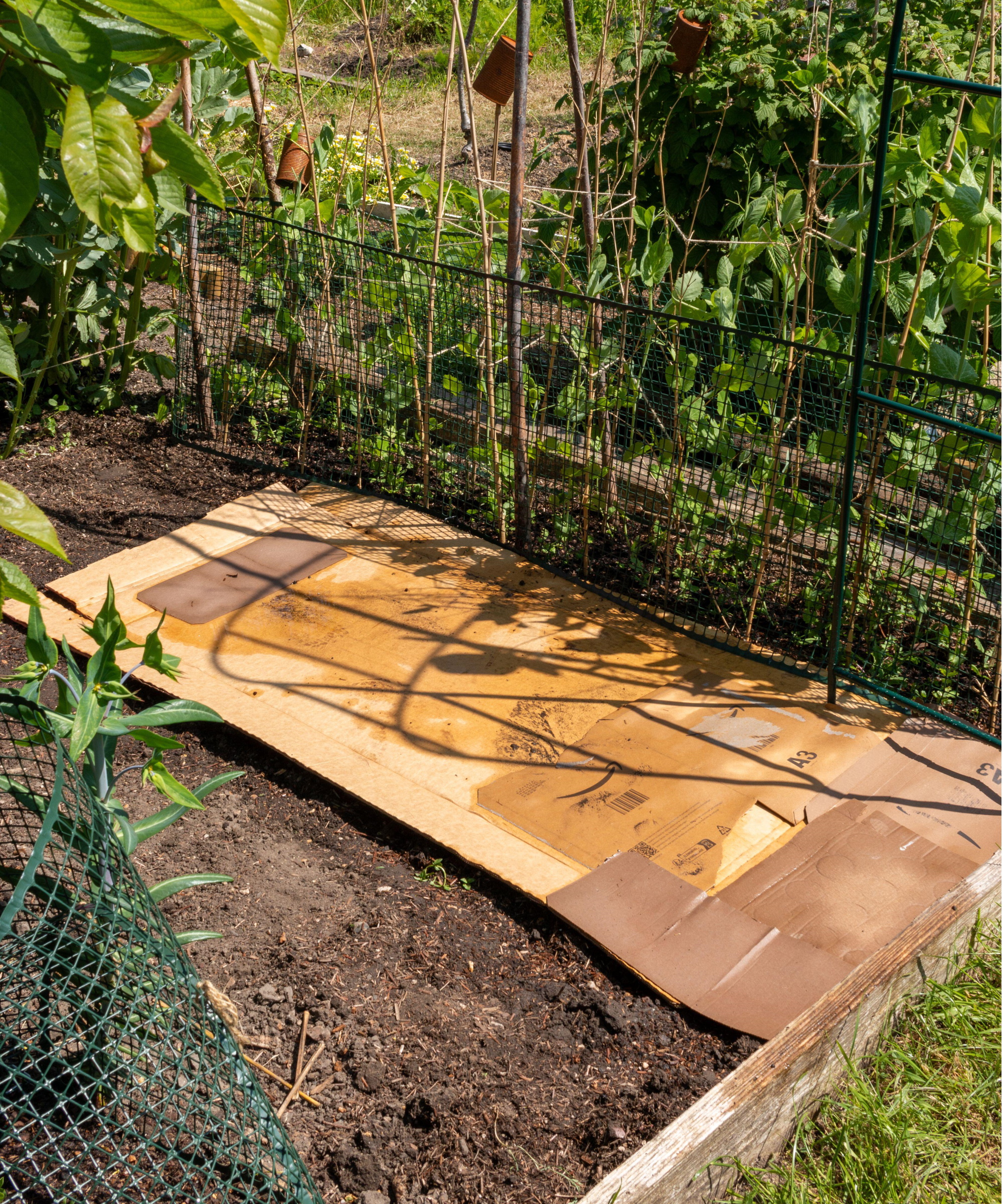
Another misconception Charles noted was having to wait for the cardboard to decompose before you can get planting. In actual fact, you can start growing in your no-dig gardening bed straight away.
'So long as you layer around two-to-four inches of compost on your cardboard in the beginning, you can plant right away,' he says. 'The roots can explore surface compost while cardboard starts to decompose,' Charles explains.
Of course, seedlings will grow at a much slower rate in the first few months of being planted. After that, their roots will go through the decomposed cardboard and into the soil.
This is something to keep in mind when planning a seed sowing schedule - get your no-dig bed set up in time for seedlings to be planted out.
5. Starting too big
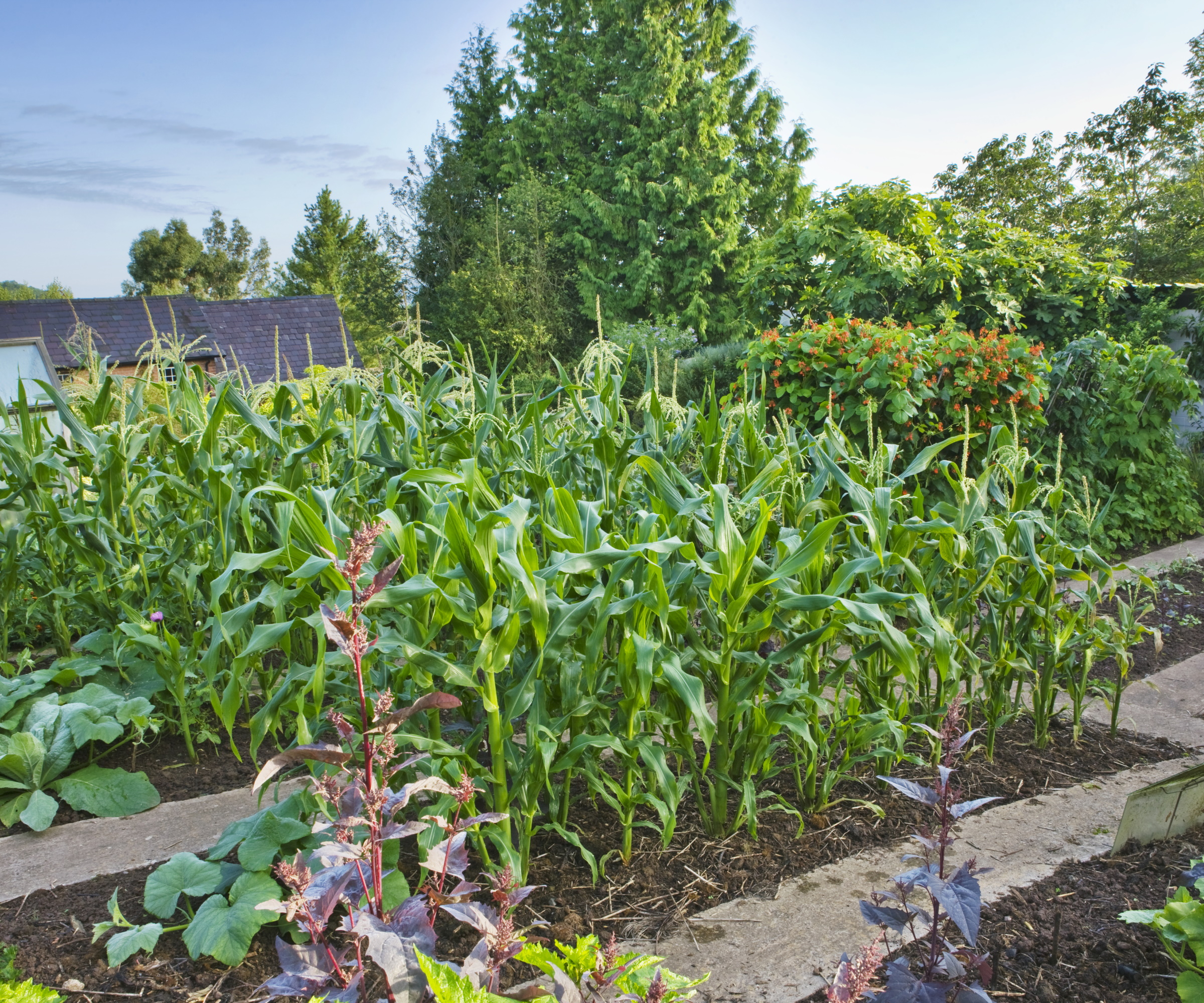
When caught up in the excitement of incorporating this backyard idea into your outdoor space, it can be easy to become too ambitious and take on a large space. Charles' advice: start small.
'My no-dig beds make up roughly 24 square-meters and produce around 200kg of food a year,' he says. 'You don't need a huge amount of space to be successful with no-dig.
'No-dig is a productive gardening technique in itself and you'll be even more productive if you're in control and aren't overwhelmed with weeding and planting,' Charles adds.
Start off by dedicating just a section of your kitchen garden to no-dig to familiarize yourself with the practice.
FAQs
How much compost do you need for no-dig?
You might be surprised to learn you don't need a huge amount of compost and organic matter to be successful at no-dig. No-dig gardening expert Charles Dowding advises:
'Start with four inches of compost initially and then add just over one inch each year after,' he says. 'It doesn't take an excessive amount to work.'
No-dig gardening is a great resolution to add to your list if you're aiming to improve and support soil health in your yard. Charles Dowding's composting tips can aid this further, with advice on how to efficiently create your own organic mulch to use on your new no-dig beds.

Tenielle is a Gardens Content Editor at Homes & Gardens. She holds a qualification in MA Magazine Journalism and has over six years of journalistic experience. Before coming to Homes & Gardens, Tenielle was in the editorial department at the Royal Horticultural Society and worked on The Garden magazine. As our in-house houseplant expert, Tenielle writes on a range of solutions to houseplant problems, as well as other 'how to' guides, inspiring garden projects, and the latest gardening news. When she isn't writing, Tenielle can be found propagating her ever-growing collection of indoor plants, helping others overcome common houseplant pests and diseases, volunteering at a local gardening club, and attending gardening workshops, like a composting masterclass.